Putting a pond in a woodland garden
Dogridge2
10 years ago
Related Stories
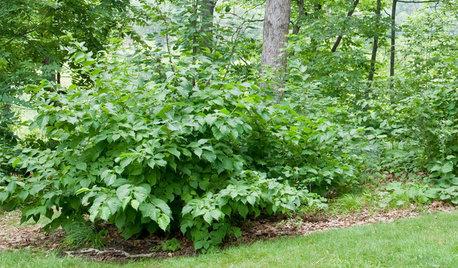
GARDENING GUIDESGreat Design Plant: Corylus Americana Awakens the Woodland Garden
Plant American hazelnut for three seasons of interest and to feed our furry and feathered friends
Full Story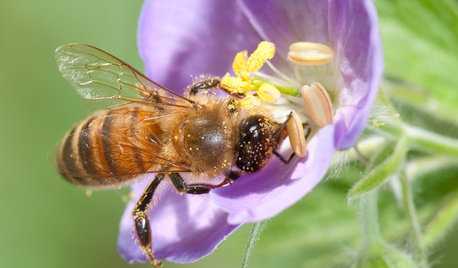
GARDENING GUIDESGreat Design Plant: Wild Geranium Puts on a Color Show
Oodles of bright blossoms and an easygoing nature make this woodland plant a welcome addition to a shady garden
Full Story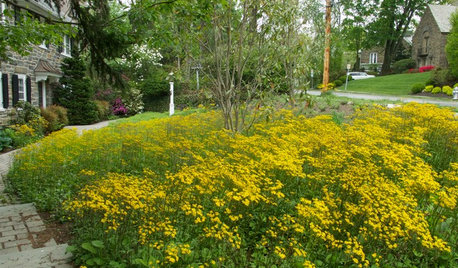
GARDENING GUIDESPackera Aurea Puts On a Springtime Show in Sun or Shade
This vigorous native ground cover welcomes bees with its early-blooming flowers and makes an attractive lawn alternative
Full Story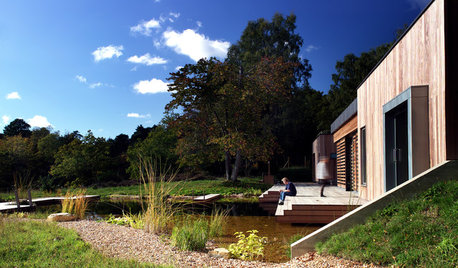
MODERN HOMESHouzz Tour: Nature and Efficiency Inspire a Woodland Home
This English design plays up simplicity, natural light and its spectacular forest setting
Full Story
FALL GARDENING5 Ways to Put Fall Leaves to Work in Your Garden
Improve your soil and yard the organic way with a valuable garden booster that grows on trees
Full Story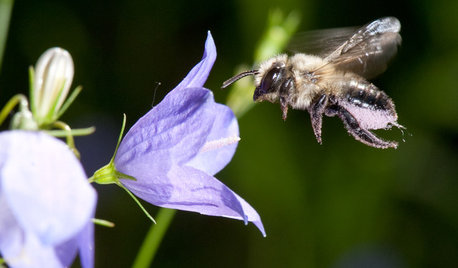
GARDENING GUIDESPut Out the Welcome Mat for Leafcutter Bees in Your Garden
Provide a diversity of flowering plants from spring through fall for these charismatic native bees, and you won’t be disappointed
Full Story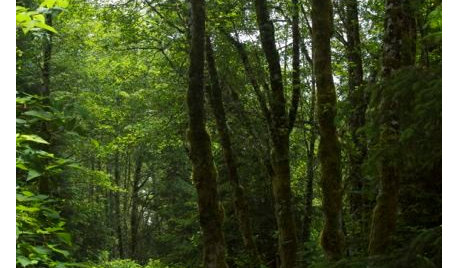
LANDSCAPE DESIGNLet Nature Inspire Your Landscape: Ideas for a Woodland Garden
Fill your senses with the magic of a wild forest-inspired garden — from shady understory plants to towering treetops
Full Story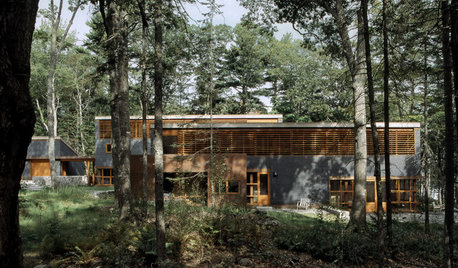
ARCHITECTURE'Houses of Maine' Puts Modernism in Its Place — in Nature
Set in the meadows and woods of Maine, the homes in this book give modern architecture a natural context
Full Story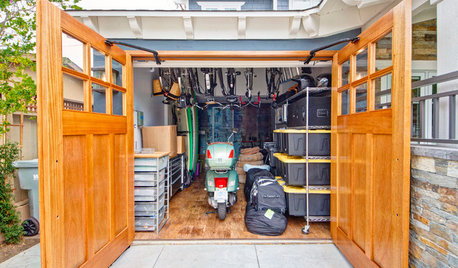
GARAGESHouzz Call: How Do You Put Your Garage to Work for Your Home?
Cars, storage, crafts, relaxing ... all of the above? Upload a photo of your garage and tell us how it performs as a workhorse
Full Story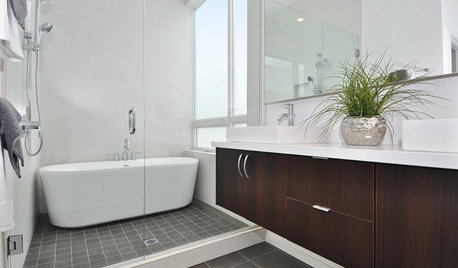
BATHROOM DESIGNWhy You Might Want to Put Your Tub in the Shower
Save space, cleanup time and maybe even a little money with a shower-bathtub combo. These examples show how to do it right
Full StoryMore Discussions







Eleanor B
User
Related Professionals
Pottstown Landscape Contractors · Woburn Landscape Contractors · Edmond Landscape Contractors · Braintree Landscape Contractors · Cudahy Landscape Contractors · Norwalk Landscape Contractors · Peoria Landscape Contractors · Pleasanton Landscape Contractors · San Carlos Park Landscape Contractors · South Portland Landscape Contractors · St. Louis Landscape Contractors · Tustin Landscape Contractors · West Orange Landscape Contractors · New Carrollton Landscape Contractors · Raytown Landscape Contractorssleeplessinftwayne
chas045
Min3 South S.F. Bay CA
greenthumbzdude
greenthumbzdude
sleeplessinftwayne
dogridge
chas045
sleeplessinftwayne
greenthumbzdude
sleeplessinftwayne